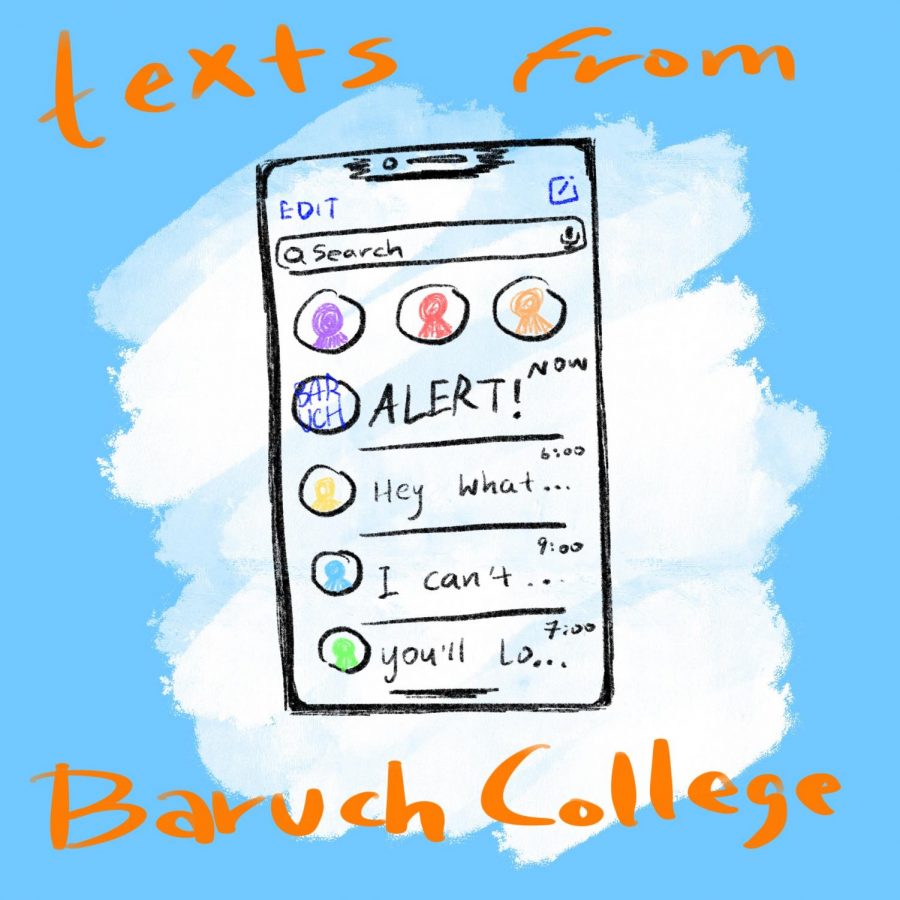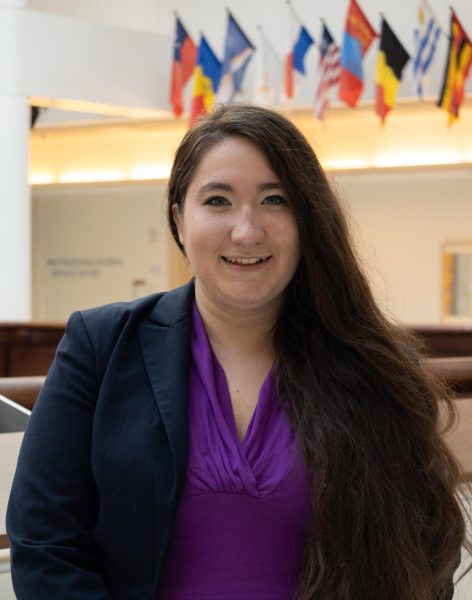Baruch’s communication has room for improvement
December 3, 2021
Although the past semester has not been devoid of Baruch College’s communications, there are key instances where Baruch’s communication should have been better.
Communication is always important, but the confluence of urgent matters this semester made timely and clear information updates all the more essential.
The most glaring example of City University of New York and Baruch’s poor communication was their handling of the fall Fed ARPA Student Grant.
Eagle-eyed students spotted the addition of the grant on their CUNYfirst accounts. From there, rumors about the grant spread rapidly across social media.
One well-circulated Discord message said, “If you are currently taking fall classes, there will be a grant that is gonna be applied. HOWEVER, CUNY is playing dirty, and you have to sign this permission BY TOMORROW.”
Panicked by the message, many students rushed to give permission, but then another bout of rumors circulated warning students that if they signed the permission and had their tuition covered by a scholarship or financial aid, they had accidentally forfeited the grant.
The conflicting advice regarding the steps would have been stress-inducing enough, but the time-sensitive nature of the issue created even more worry for students.
In later communications, the Office of the Chancellor explained that students have the option of applying the emergency grant funds to pay eligible tuition and fees on their CUNYfirst account balances, but that students can also have the funds directly refunded to cover other college costs or pandemic-related expenses. It was also clarified that students could change whether or not they wanted to have the grant applied to their balances.
CUNY clarified the information about the grant in a @cunybystudents Instagram post. The post was a positive for CUNY, showing that it wasn’t “playing dirty,” but rather failing to communicate properly.
Baruch should have advised students of the grant before it was posted, regardless of any CUNY notifications, and CUNY also should have communicated to students.
The lack of communication turned a positive action into unnecessary stress, a trend during the COVID-19 pandemic.
Guidance on the various state, city and CUNY policies and vaccine requirements was vital to a successful return to school, yet the rollout of information was confusing.
While Baruch and CUNY both relayed updates to students through emails, additional clarity on the ever-evolving regulations would have gone a long way toward eliminating confusion.
In instances like ending testing options for unvaccinated students, CUNY sent an email notifying students. However, shortly after the change was announced, there was conflicting messaging. In such instances of confusion, it would be beneficial for Baruch to send a follow-up email to make clear both the policy and actions students must take to comply with the policy.
The most recent change to the COVID-19 procedure was the implementation of CUNY’s random testing program for vaccinated employees and students accessing CUNY facilities.
The email CUNY Communications sent on Nov. 17 was clear and the attached FAQ was helpful. Despite the strengths of the email, Baruch should have sent follow-up emails reminding students of the new policy to ensure they were aware of the important change.
A lack of communication was an even greater issue during Hurricane Ida, when Baruch failed to address the dangers of the storm before it hit and was also remiss in notifying students that in-person classes were canceled.
CUNY and Baruch’s inaction leading up to the hurricane put students in jeopardy. This lack of preparedness is even more problematic considering the warning notifications sent out by the emergency communications system Notify NYC in advance of the storm.
The untimeliness of Baruch’s announcement that classes would be remote following the hurricane invalidated the usefulness of the email. The announcement was sent at 9:19 a.m. after many classes had already started and students had traveled during a potentially hazardous situation.
When there is a lack of communication, people fill the void with rumors and misinformation.
Both students and the administration will have more successful semesters in the future if CUNYAlerts, email and social media are coordinated for the dissemination of important information.








